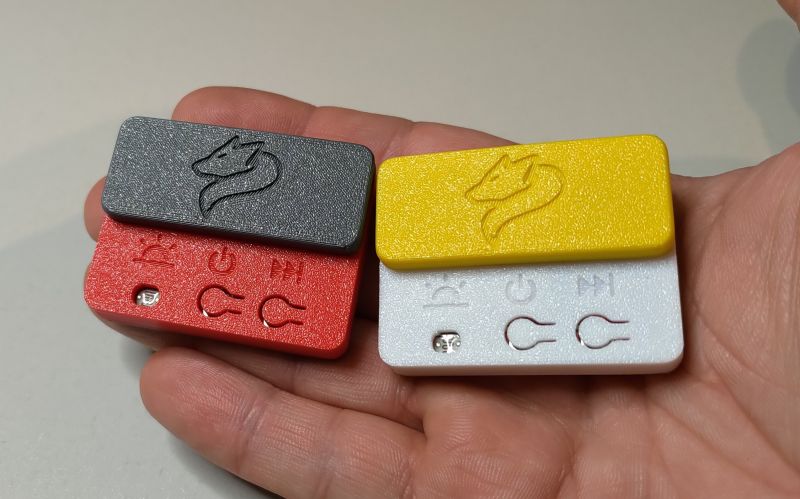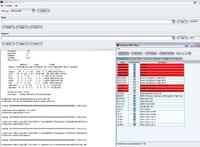I have a question about the programmer, namely I submitted it - PCB version 1.2, vProgram ver.1.3, database chip.db ver.1.03, I only changed the 7 bit in the config.ini file regarding the display organization because there were shifts, but I have a problem - after turning on the power the LED blinks twice, then the startup animation, then the main menu screen, but no reaction to the buttons  neither turn on or off neither the menu up nor down, maybe someone had a similar problem or knows how to solve it?
neither turn on or off neither the menu up nor down, maybe someone had a similar problem or knows how to solve it?
Regards
George2002
Regards
George2002
Company Account:







